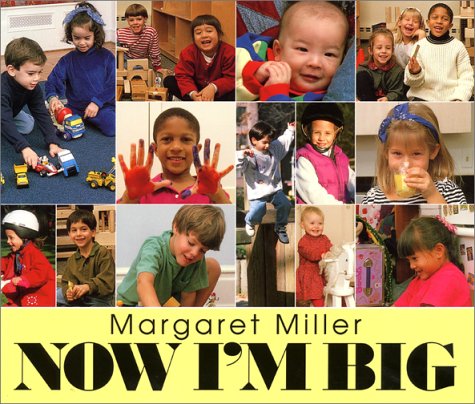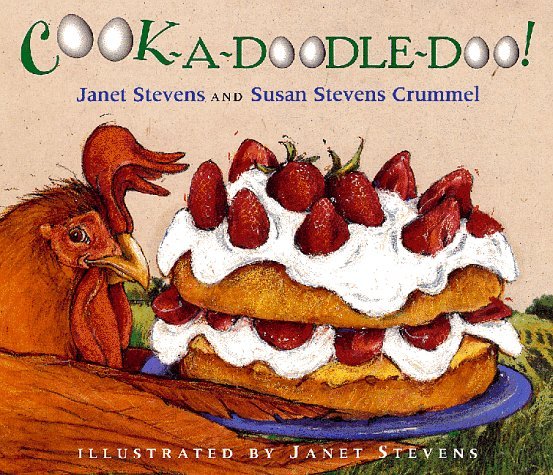Mr. Carpenters 5th Grade Class Website
 Welcome to the Measurement Children’s Literature page. Below are lists of books that can be used to help you further understand the use of Measurement. Along with each book is an example of an activity that can be done to go along with the topic.
Welcome to the Measurement Children’s Literature page. Below are lists of books that can be used to help you further understand the use of Measurement. Along with each book is an example of an activity that can be done to go along with the topic.
Childrens Literature:

1. How Many Bug In A Box?
a. Author: Carter, A. David.
b. Description: This book introduces students to the concept of capacity. Throughout this book are pictures of a specific amount of insects within boxes. The boxes, and the insects within them, are set up to “pop up” as the students make their way throughout the book. This pop up book is a great way to provide children with an example of the use of figuring out a contents amount of capacity. For real-world practice, a student can take a specific amount of items, and compare how much space they take up in a variety of containers. For instance how many erasers does it take to fill up a small jar or a large shoebox.

2. Tracks in the Sand.
a. Author: Leedy, Loreen.
b. Description: In this childrens book about the life cycle of an animal, specifically the sea turtle, there are a variety of vocabulary presented that involves time measurement. Some of the words included in thie book are full moon, night, day, season, and years. This is a great book that allows children to practice measuring the passage of time. After reading this book, the student can practice measuring time throughout the span of one week.

3. Now I’m Big.
a. Author: Miller, Margaret.
b. Description: This book is filled with pictures of children from age birth to four years old. It depicts the growth of these toddlers and the measurement of height as the children progress in age. The book also described what the children can do now that they are “big”. Older students can participate in reading this book, the compare what they can do now at a significantly older age, then what they could do when they were babies. Also students can compare the height of these toddlers to their current height. This would be a fun activity for the students to reflect on their past, and see how much they have grown as individuals.

4. The Bicycle Man.
a. Author: Say, Allen.
b. Description: This book takes place in a japanese community. The children in this story are throwing a sports festival. At this festival is an American soldier that performs bike tricks for the children. As the children experience the activities of this festival, the story described measurement skills that are used to judge sporting events. A fun activity to go along with this book, is to take a child to a sport event, and to allow them to keep track of the different scores, distances, etc, that are achieved by the athletes.

5. Cook-a-doodle-doo!
a. Author: Steven, Janet & Crummel, Susan Stevens.
b. Description: In this story a rooster needs help making a strawberry cake. He gets his friends, a turtle, a pig, and a iguana to help him create this desert. Through their antics while creating this cake, the reader is exposed to different measuring devices used to provide the right amounts of ingredients. A simple activity that reinforces this idea of measurement of ingredients can simply be to create a cake, or other dessert, in the home. Students can be asked to keep track of how much of an ingredient needs to be added to the recipe, such as a teaspoon of sugar!
